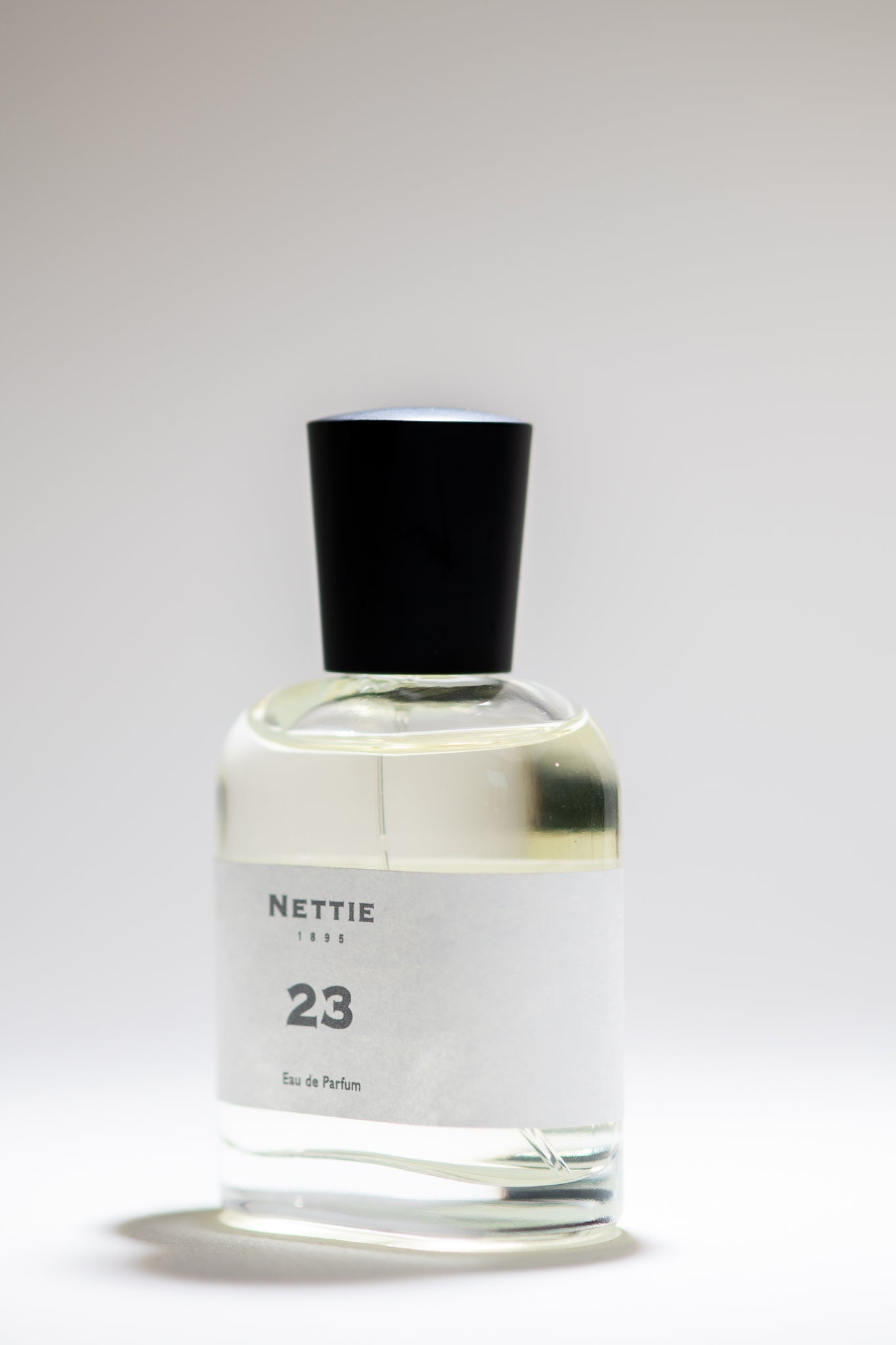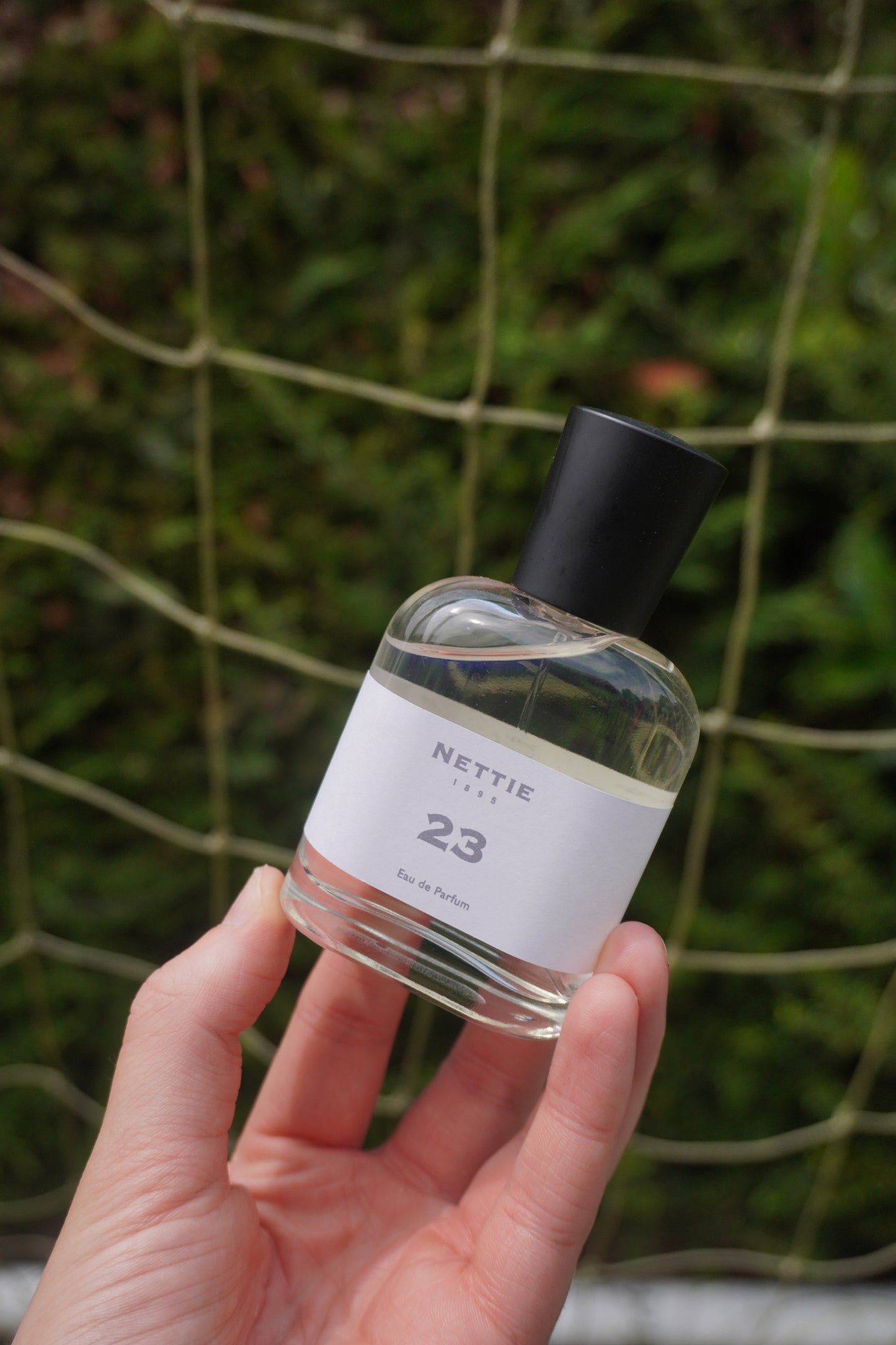23 Blog(4):Chapter Three: The Secret Identity of Ruth Coupland

If Lily Flexmore was a stage creation, then Ruth Coupland was a ghost.
No birth certificate.
No census record.
No address. No parents. No marriage. No death.
Just a name.
A name tucked inside a dusty newspaper article from 1897, describing a peculiar post-match performance given by a women’s football team—a team so outrageous, so ahead of its time, that even the newspapers didn’t know quite what to make of them.
They called them “boisterous girls”, “unfeminine”, “a danger to public order”.
In truth, they were far more dangerous than that.
They were pioneers.
And one of them, it seemed, was our Lily.
The article itself was buried halfway down the page, squeezed between a story about a prize-winning cow and an advertisement for hair tonic. But what it revealed was extraordinary.
The team—known as the British Ladies’ Football Club—had, after a muddy match in the north of England, surprised their audience by swapping their boots for bloomers and staging a cheeky little music hall revue.
It was harmless fun. Some comic singing, a few acrobatic tricks, a spirited spoof of a referee. But what caught the historian’s attention were the stage names: “Miss Dolly Vernon”, “Madame Blanche”, and yes—“Miss Lily Flexmore”.
Next to her was listed “Ruth Coupland”, said to be a contortionist and “devilishly fast with a ball”.
It was, quite frankly, too much of a coincidence.
Enter Stuart Gibbs—a football historian with a soft spot for women’s football and a deep frustration with how little of it had been preserved. He’d found the article while researching the 1895 founding match of the British Ladies’ Football Club, the first proper organised women’s football team in Britain.
He suspected many of the players had used aliases to shield themselves from ridicule—or worse, from their employers and families. After all, Victorian England wasn’t exactly kind to women who played games, sweated in public, or, heaven forbid, ran.
Stuart had a hunch: Ruth Coupland wasn’t real. But perhaps the woman behind her was.
And that was when he found me.
I’d been tracing Lily Flexmore for years—building a family tree out of old baptism records and probate forms—and had by then confirmed her real name: Ellen Mary Anne Dunn. I knew she was born in Clerkenwell in 1879, raised among bootmakers and barrow boys, and that she’d performed across Britain and abroad until vanishing from the public record around 1925.
I also knew she was my great-great-aunt.
So when Stuart contacted me, asking if I knew anything about “Ruth Coupland”, I nearly dropped my teacup.
Because, in that very same 1897 article, both names—Lily Flexmore and Ruth Coupland—appeared side by side.
And I knew Lily had been there.
Which meant, almost certainly, she had been Ruth as well.
Why two names?
Well, the better question might be: why not?
At the time, respectable women didn’t climb stages—or kick footballs. They married early, wore corsets, read poetry aloud, and feigned fainting when the sun got too warm.
The British Ladies’ Football Club was under pressure to appear proper. Their patroness, Lady Florence Dixie, a well-meaning aristocrat with radical ideas, was trying to show the public that football could be a moral, civilising sport for women.
But the reality was grittier.
These women weren’t debutantes playing dress-up. They were tailors, seamstresses, dancers, shopgirls—often scraping together two or three jobs to survive. Some of them were performers. Many of them were working class.
And Lily—born Ellen, shaped by soot and boot polish—fit right in.
The match itself, held in 1895 at Crouch End, was a spectacle. The North vs. the South. Skirts above ankles, crowds several thousand strong, and the Daily Graphic in attendance to mock them all with pencil illustrations of flailing arms and “delicate hysteria”.
Lily—almost certainly playing under the name “Ruth Coupland”—was on the North team.
Reports described a “slender girl, light on her feet, with an uncanny flexibility that startled the crowd”. She darted across the field with the confidence of someone used to being watched. She played like a performer. Because she was one.
She was barely sixteen.
And she was making history—albeit under a name that wasn’t hers.
It’s strange to think of her there: lacing up leather boots in a borrowed tunic, whispering jokes to the other girls, then jogging onto the pitch with a grin she couldn't quite hide.
Did she see it as rebellion?
Did she feel nervous?
Did she realise that she was standing at the very edge of something that wouldn’t truly be appreciated for over a century?
Probably not.
She was just a girl who could bend in half and outrun a goalkeeper.
She wasn’t thinking about feminism.
She was thinking about winning.
After the match, the team performed that little revue. Some sang, some danced, and Lily, ever the showwoman, pulled out her signature move—folding herself backwards, toes in her mouth, holding the pose until the crowd erupted.
The audience, so scandalised on the pitch, now laughed and clapped and begged for more.
It was cheeky. Daring. Utterly charming.
And for a moment, in a world that didn’t quite know what to make of her, she was everything at once—a footballer, a performer, a rebel, and a girl who came from nothing but gave everything.
She would go on to tour across Europe and beyond. She’d perform in Berlin, Johannesburg, New York. She’d change her act, change her name, change her life.
But for that fleeting time—on a foggy London field, under a false name, with mud on her boots and laughter in her lungs—she played football with the girls.
And no one could take that from her.












1 comment
Fantastic bit of history for the footballing girks!